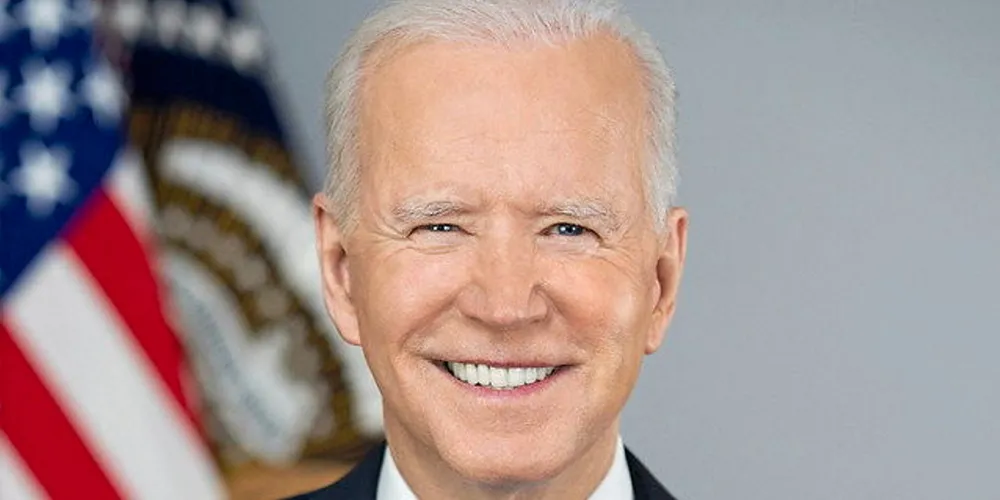'Major player' | Maryland's new 8.5GW goal returns early leader to top tier of US offshore wind
Expanded target expected to raise investment into state which has already generated millions for supply chain and workforce development off its earlier rounds

Governor Wes Moore is expected to sign a bill passed by the Maryland legislature Monday that expands the offshore wind mandate to 8.5GW by 2031, launching the state to the top tier of US ambitions.
Moore, a Democrat who took office in January, said offshore wind was a critical driver for the state towards energy independence and would help it achieve 100% clean energy by 2035.
The POWER Act is a “real game changer” for the state, said Jeff Grybowski, CEO of US Wind.
“It sets a path for the people of Maryland to reap the benefits of huge amounts of clean energy,” he said, while alerting the entire global offshore wind industry “that Maryland is back big time as a major player”.
“Companies looking to invest in offshore wind have to seriously consider Maryland,” he added.
The bill would take effect 1 June 2023, and requires the state announce its next round by 31 July, 2024. It includes stipulations to encourage diversity in hiring and subcontracting as well as provisions for organised labour and community benefits plans.
Early pacesetter
Maryland took an early lead with passage of the Maryland Offshore Wind Energy Act of 2013 that carved out an offshore wind power renewable portfolio standard of 2.5% of total electricity sold in the state.
In 2017, the legislature made good with one of the US’ earliest commercial procurement rounds, awarding 120MW to Orsted for its Skipjack project, and 270MW to Renexia-owned US Wind for its MarWin project.
Supply chain success
Central Atlantic in play
Maryland anticipates leases in the recently established Central Atlantic wind energy areas (WEAs) to satisfy the expanded target, the POWER Act bill stated.
They sprawl across 1.7 million acres (6,880km2) and hold over 20GW of potential capacity, per BOEM assessments, but will likely be winnowed down as stakeholder concerns are factored in. BOEM expects to hold auctions as early as this year.
The ramping of Maryland's mandate could raise demand in the Mid-Atlantic region, signalling to federal regulators “that the Central Atlantic WEAs must be robust,” said Moira Cyphers, eastern region state affairs director of the industry advocacy group American Clean Power Association.
The POWER act includes provisions to upgrade the state’s Eastern Shore electric grid and requires developers to be ready to share transmission assets across projects.
While offshore wind enjoys strong support from the legislature and governor, particularly in the coastal community of Ocean City, a popular tourist destination where officials are concerned the wind turbines will be an eyesore that will deter visitors.
(Copyright)